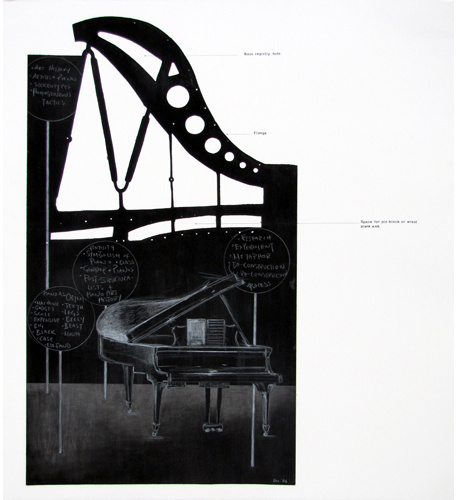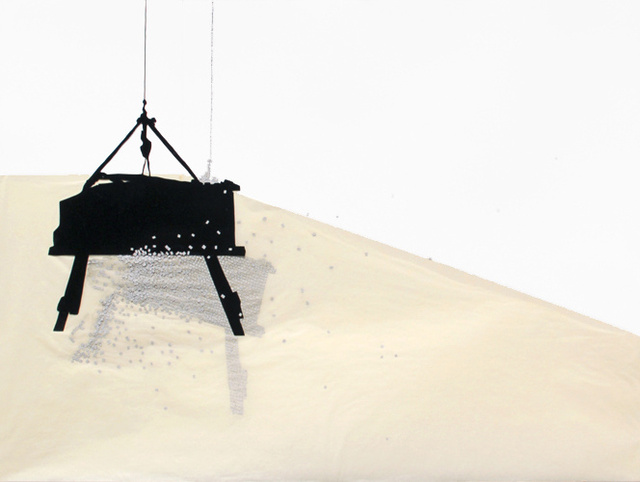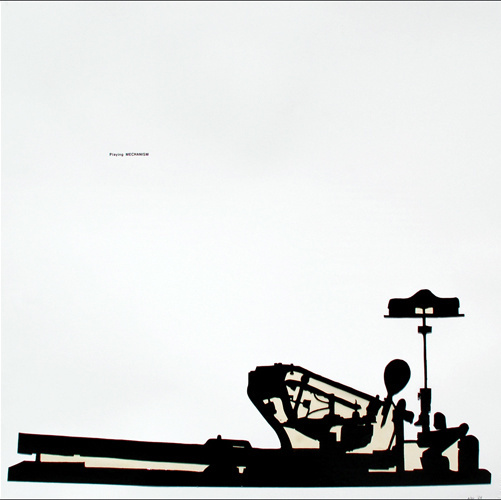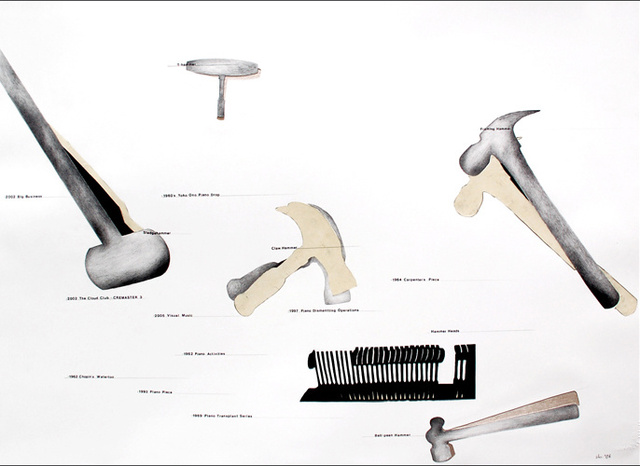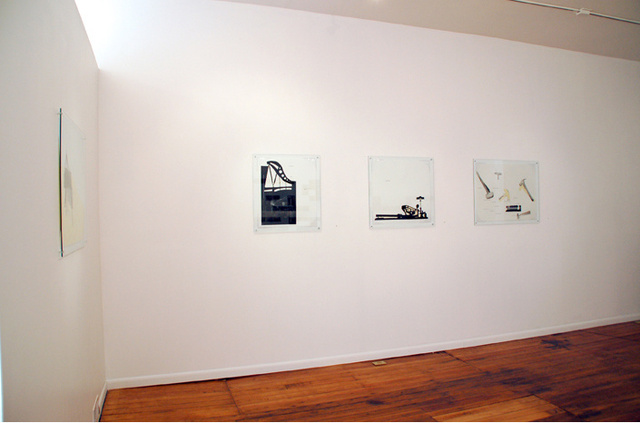10 Fingers 88 Teeth
By Tim RidlenThroughout recent art history pianos have been dismantled, disassembled, dropped, destroyed, fragmented and burned as part of live performances or art objects. In this rather deconstructive manner, the following selected emblematic examples of this genre are: Tan Dun, Organic Music project, 2005; Clemens von Wedemeyer, Big Business, 2002; Monna Sakai, Lewis Matsuo, Akiko Ootsuka, Suguru Goto, Masahiro Miwa, Satoru Wono, Yukito Ueda, Sumihisa Anima, Jiro Hirano, Kazuhisa Uchihashi, Yoshihiro Kawasaki, Yasuji Yamahata, Masayuki Eguchi, Takahito Toyama, Daisuke Ishikawa, Toshiyuki Kimura, Takashi Shiraishi, Toshihiro Shirakawa, Kazunani Kobayashi, Hisakazu Moniwaki and Masayuki Akamatsu, Piano Dismantling Operations, 1997; Nam Jun Paik, Piano Piece, 1993; Arman, Chopin's Waterloo, 1962; Annea Lockwood, Piano Burning - Piano Transplant series, 1969; Al Hansen, Yoko Ono, Piano Drop, 1960's Fluxus Happenings (Dropped from a roof-top), in addition to several Fluxus performances lead by George Maciunas, Phil Comer, Ben Patterson, Dick Higginss, Emmett Williams and others who have worked with pianos in a similar manner. The work of Georgia Kotretsos is audience oriented meaning each conceptual project is based on the audience that will view it. She began looking into St. Louis' history and soon discovered its rich musical tradition. With this in mind, the piano stood out as an emblematic instrument/object of this tradition with remarkable history in Europe, and a distinct transformation and revitalization later in the United States. From this research, it became evident St. Louis was close to the instrument visually, aurally, and culturally. Calling on Art history, artworks that incoporate pianos as a symbol of Western culture enable us to see homogenous thematic and visual standpoints or approaches employed by artists since the 1960's. It is evident throughout art history that piece after piece opposed tradition and manifested opposition by deconstructing the instrument's frame and body, yet Western culture continued to remain invulnerable to the challenges.10 Fingers 88 Teeth is a metaphor that focuses on the tactics artists and individuals choose to employ when dealing with matters they are opposed to. The tradition, sound, and authority of the instrument often prevent us from critically re-think its role and value in society. For this reason, at first glance, pianos seem stagily attacked by artists as if they are threatening beasts, which may shake, sway and undermine the image most hold of the instrument. "I want to put muself in a position where I would challenge the perception of its beast-like qualities, where I could follow and adopt the tradition scholastically and scholarly."To this end, Kotretsos started taking piano lessons on July 12th, 2006. Without any previous musical training, she set out to play Beethoven's "Moonlight Sonata", the quintessential piece that represents the peek of that period and tradition. The work is entitled "Approximately 188 Hours - the amount of time spent practicing the piano betzeen July 12th and November 30th, 2006. The performance not only reflects her dedication to the process of practicing , but also a dexterity that would allow her hands to perform what her eyes read, and hence a physical transformation. The front gallery is filled with research material, drawing studies, video foutage of artists and groups of people dismantling pianos, and a silent video recording of her hands performing the "Moonlight Sonata." In the main gallery the "10 Fingers 88 Teth" series of works on paper embody the concept of hte show. At the back of the gallery the piece entitled "Approximately 188 Hours" consists of a Yamaha Disklavier piano that allowed Kotretsos to record her performance on the instrument's digital memory, which it then played back on its actual keys as originally recorded. When the piece was completed, it seemed as if the roles were reversed. Instead of having a broken piano, it was evident that there was a "broken" performer, who struggled immensely to complete the third movement."Mrs. More - Scriptures on the Modern System of Female Education" is a visual documentation of "Approximately 188 Hours." It appears as documentation of the process and a decision to share it with the audience in all of its tedious hours. The title is a reference to Hannah More's "Scriptures on the Modern System of Female Education" and "tells of a person of great eminence who calculated the amount of time spent by a gilr in piano practice in one instance." By meticulously calculating the hours spent practicing, she also addresses the gendered tradition of musical education, in this case, her own."10 Fingers 88 Teeth" marked the culmination of the first International Artist in Residence program at Boots. Although she only spent six weeks working on the project in the city that fostered a rich musical tradition, kotretsos spent months preparing. Complimentary to the goals of any residency, the work being an incredibly fresh perspective to a decidedly familiar object - familiar not just to St. Louis-natives but also to the history of art and its followers. BP
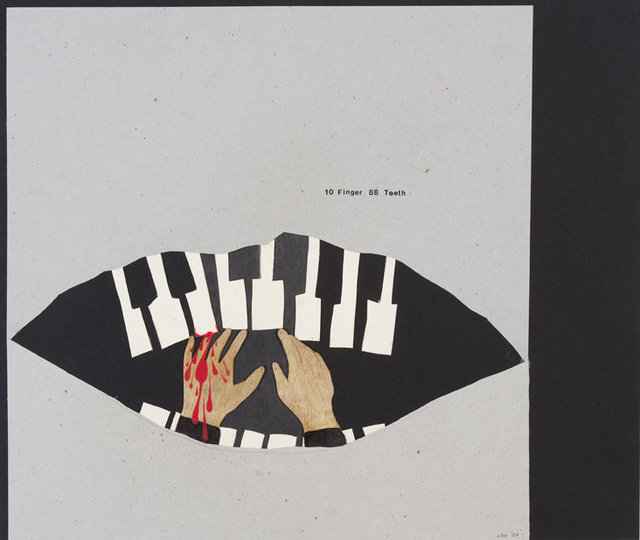
H 31 x W 36, 2006
Mixed media
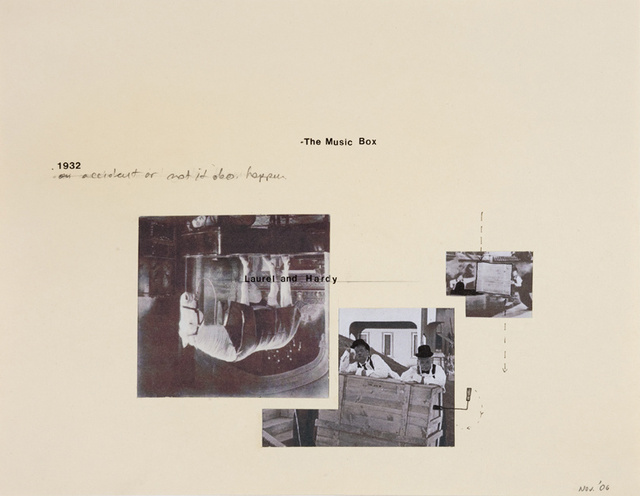
H 22 x W 28 cm, 2006
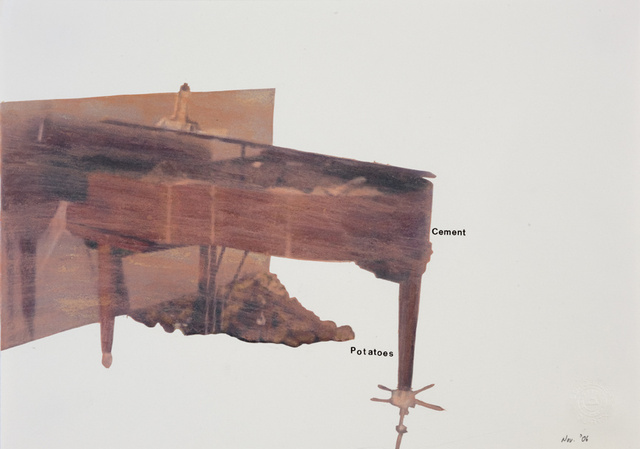
H 23 x W 30 cm, 2006
Mixed Media

H 23 x W 30 cm, 2006
Mixed Media
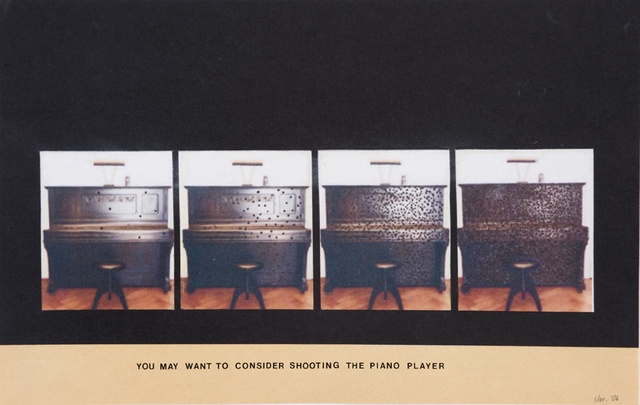
H 20 x W 30 cm, 2006
Mixed Media
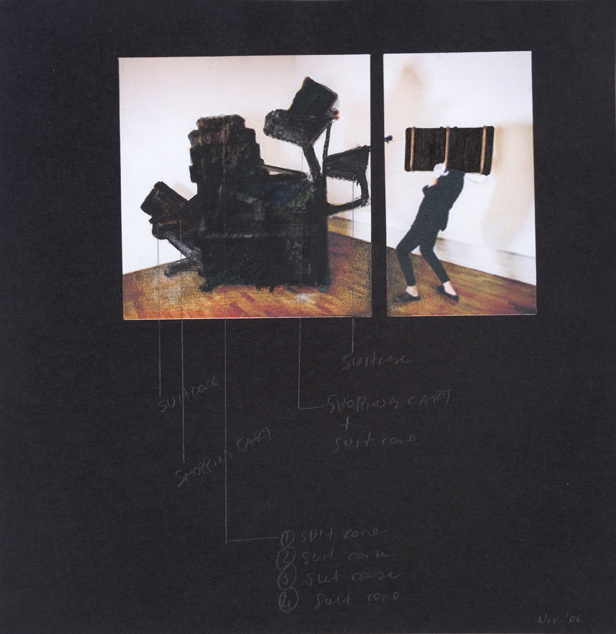
H 23 x W 23 cm, 2006
Mixed Media

H 28 x W 22 cm, 2006
Mixed Media

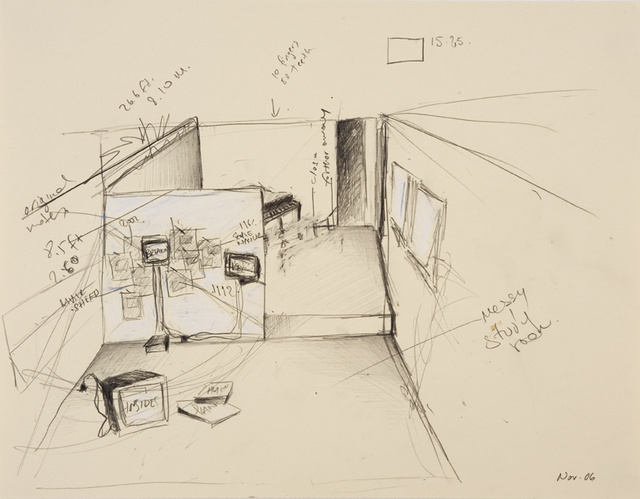
H 22 x W 28 cm, 2006
Mixed Media
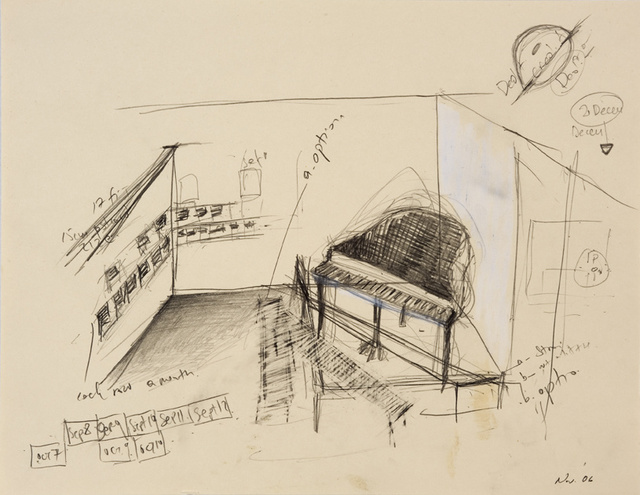
H 22 x W 28 cm, 2006
Mixed Media
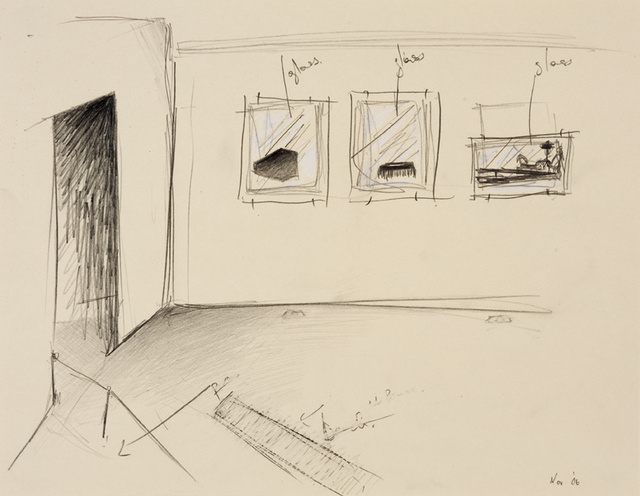
H 22 x W 28 cm, 2006
Mixed Media
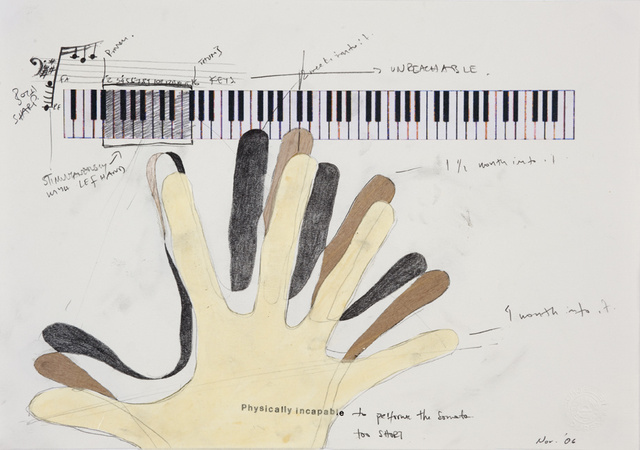
H 23 x W 30 cm, 2006
Mixed Media
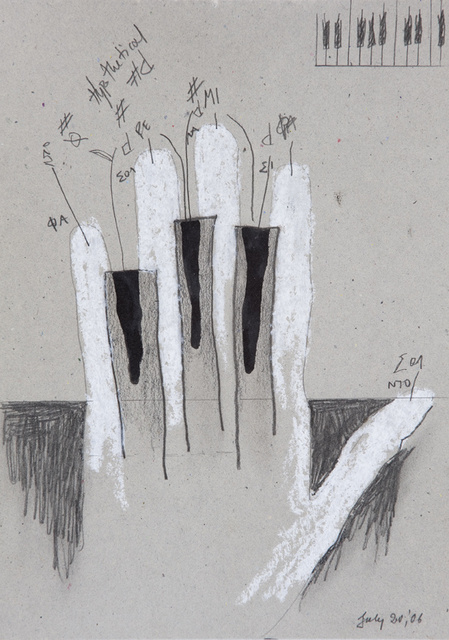
H 20 x W 15 cm, 2006
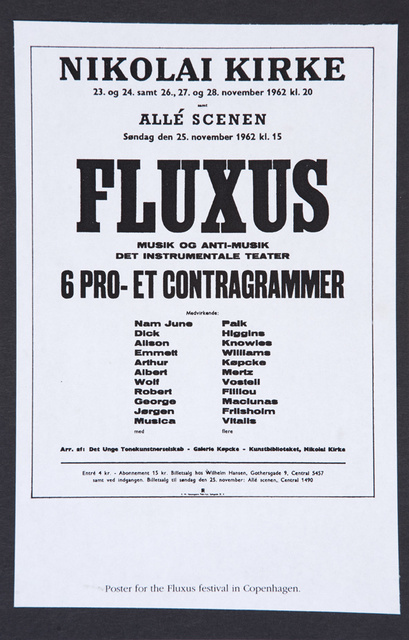
H 23 x W 15 cm, 2006
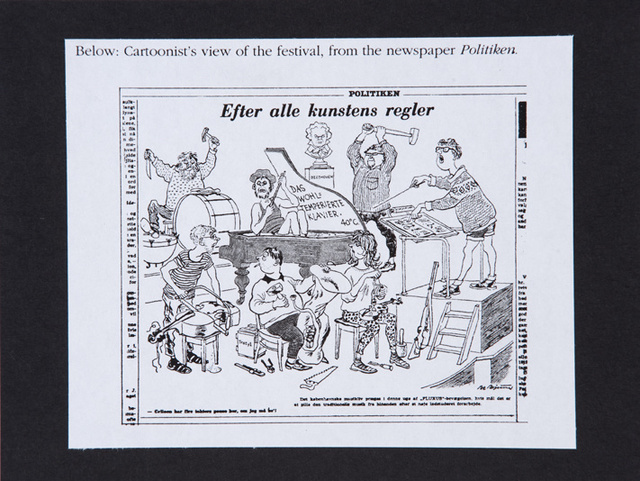
H 12 x W 16 cm, 2006
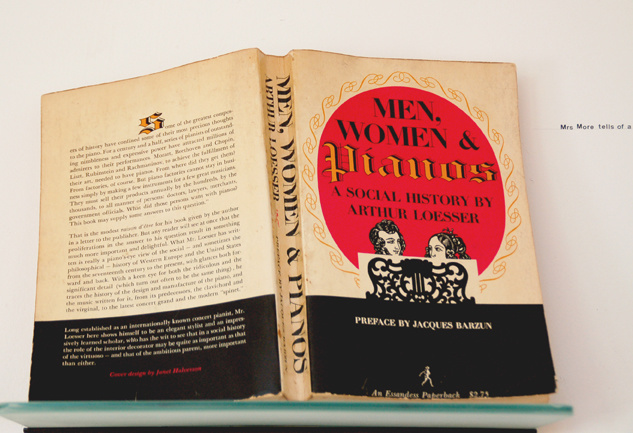
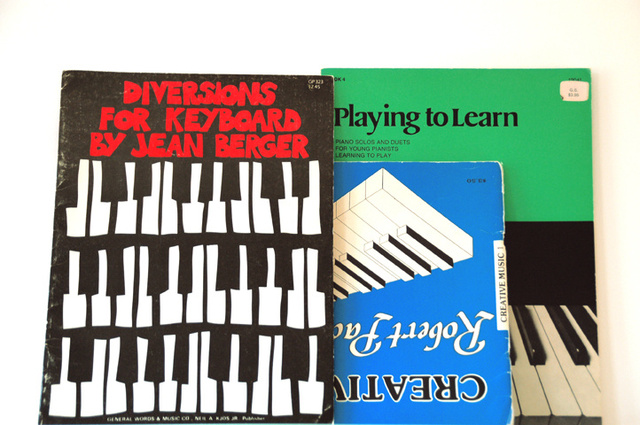
Piano learning aids
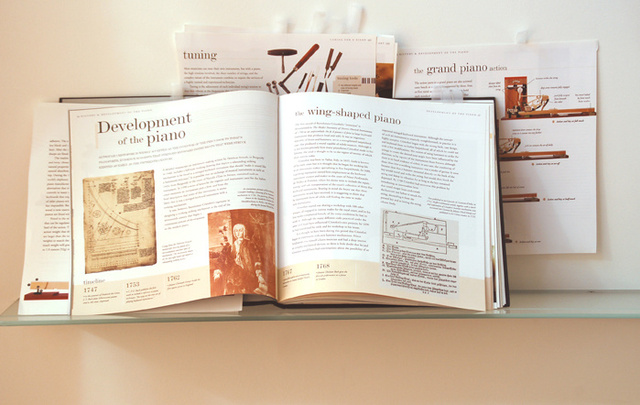
Books and notes on display
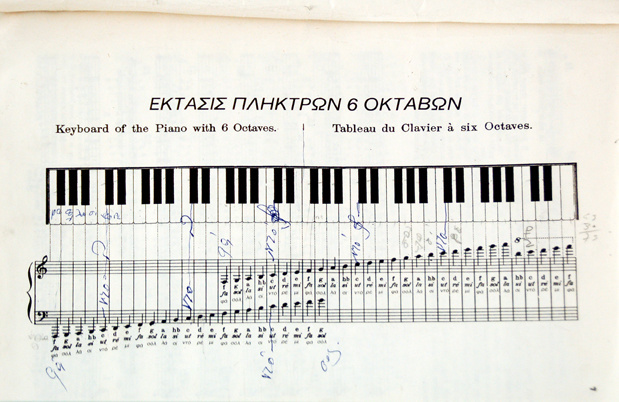
Notes on octaves
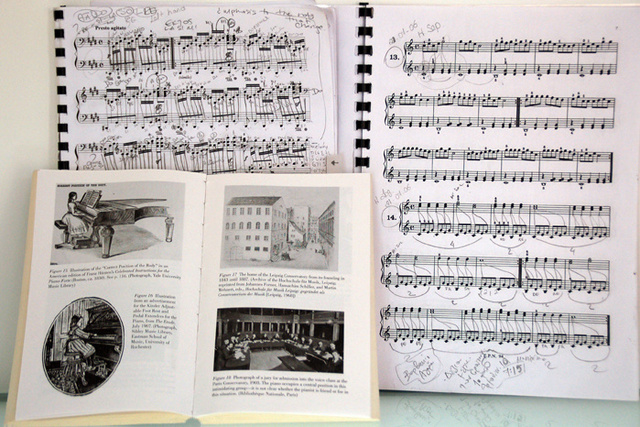
Conforming and learning notes and aids
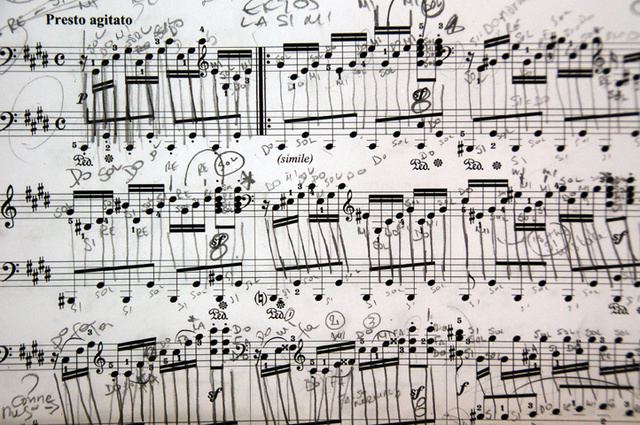
Notes on notes
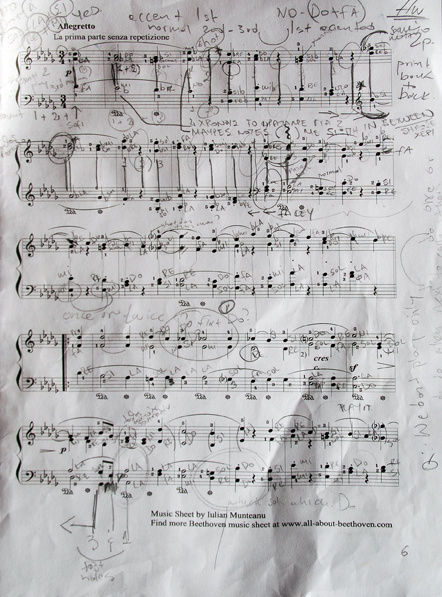
2nd movement of the Moonlight Sonata
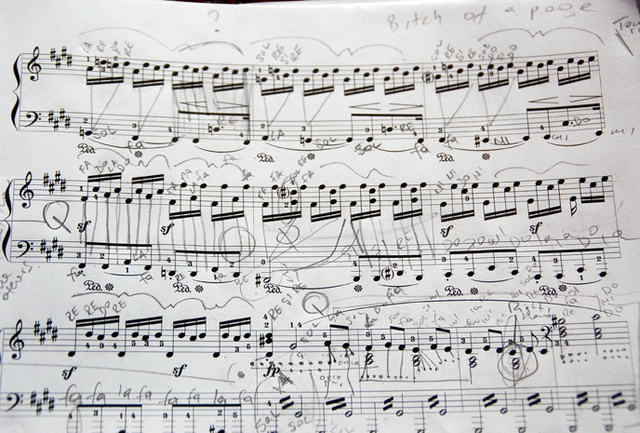
Notes on Moonlight Sonata's music scores
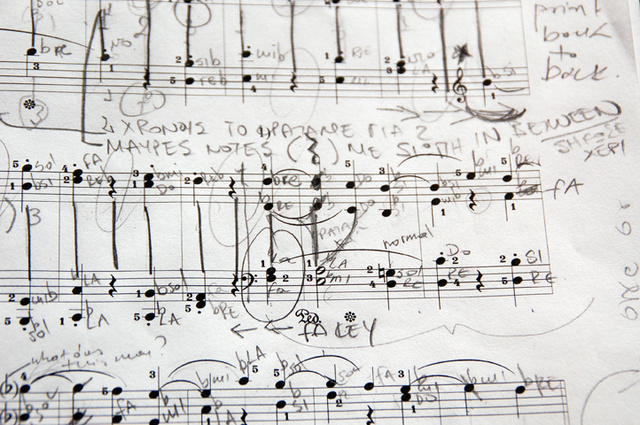
Notes on music scores

Notes

Additional info
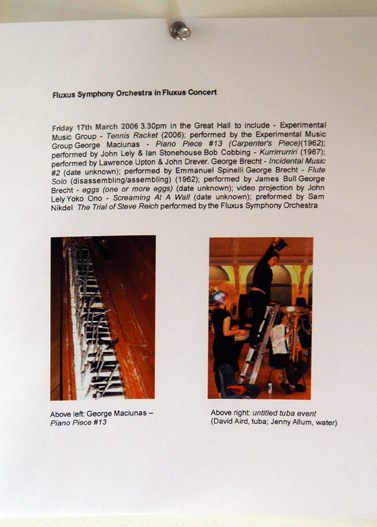
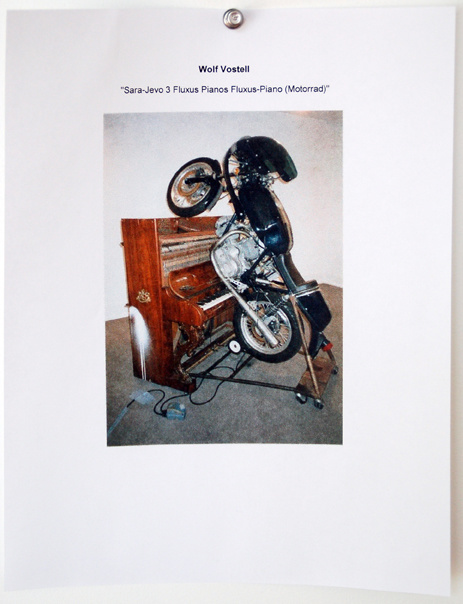
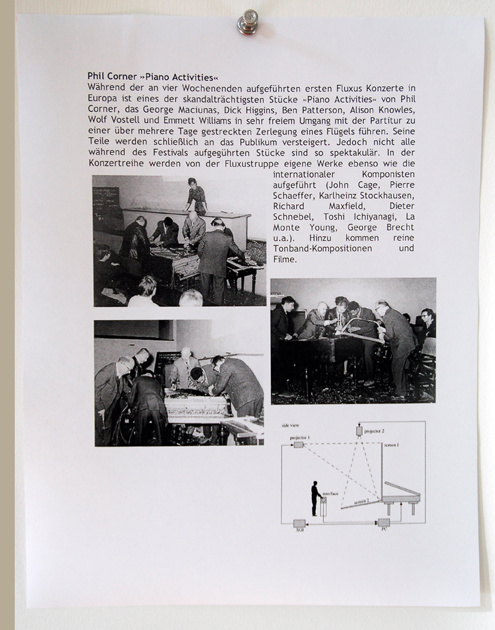
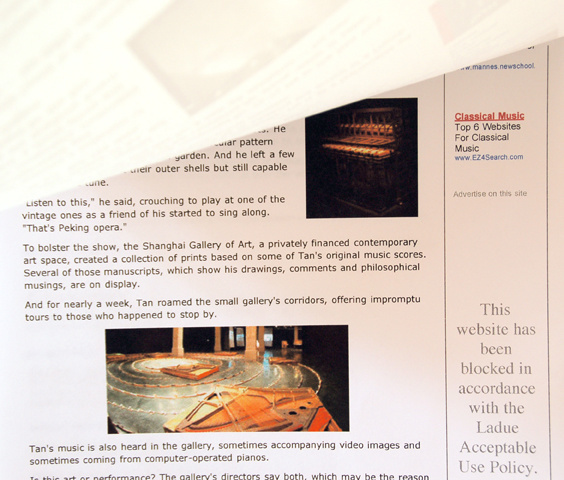
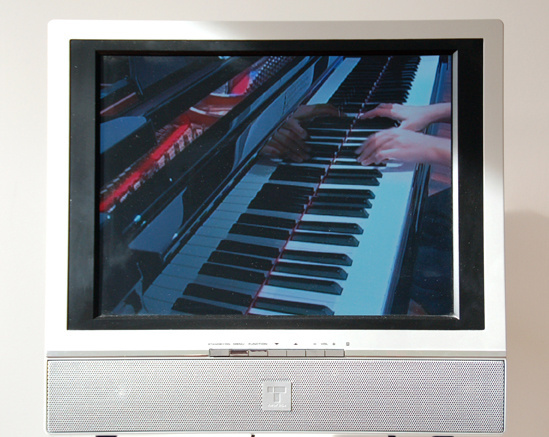
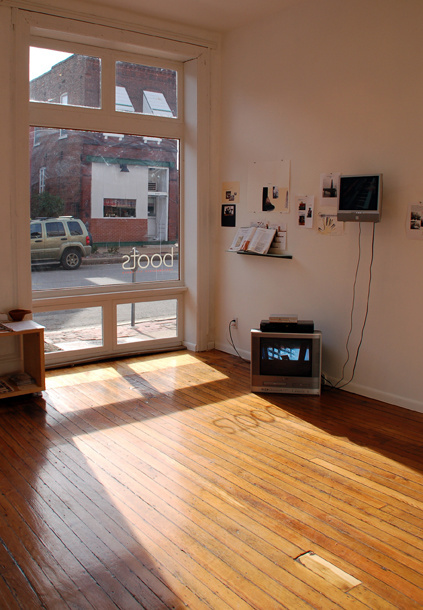
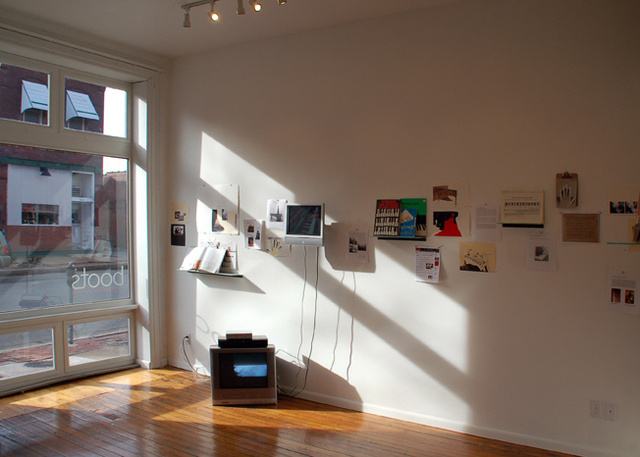
Front room studies

